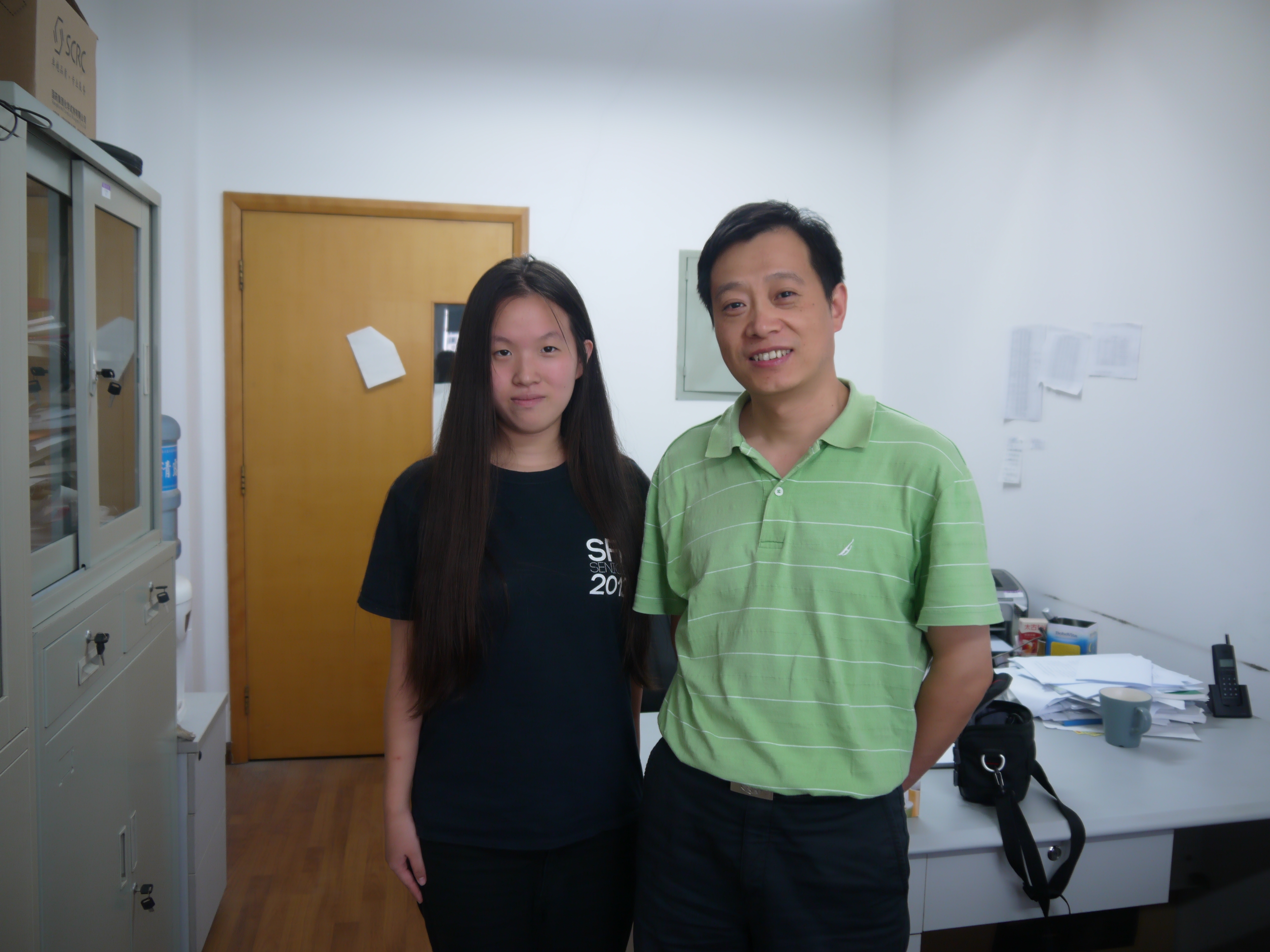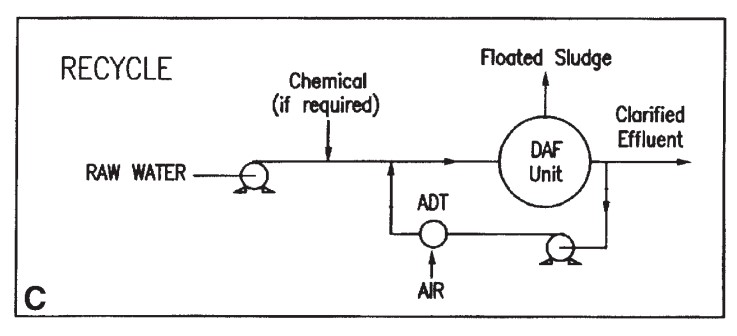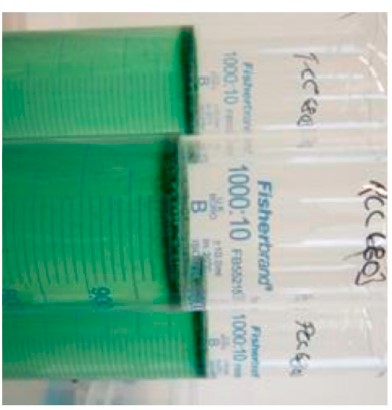Team:SJTU-BioX-Shanghai/Human Practice/Separation
Cell-water separation is the key of our process flow. The goal is to find a cheap, fast and most importantly moderate way that will not cause cell corruption. In this part, we combine HP work with some lab experiments in order to achieve the final goal.
Contents
Single use
Right now, our algae is engineered to be used only one time.
Idea collecting
Since all of our team members didn’t have experience in that area. We had to consult with someone familiar with this process.
In China, algae bloom is a common problem appears in lake and river. Part of the improving method is to salve the algae and concentrate its biomass for further usage. This involves cell-water separation.
Thus, we contact an expert in that area, Prof. Shengbin He from the School of Environmental Science & Engineering in our university. In our conversation, he motioned several ways of separation including sedimentation, flotation, centrifuging and membrane filtration. However,only sedimentation and flotation might satisfy our goal.We took the idea back home and did some further studies on those two method, especially.
Dissolved air flotation
Dissolved air flotation is one of the flotation methods that is frequently use in algae removal for the water supply. Based on our research, this is a developed system that has already applied in the Dian Lake and Lake Taihu in China with the maximum scale of 10000 m^3/d (Mingming et al, 2011).Related patents have been applied, such as 200810058076.4 (Chinese potent) and the removal percentage is up to 95% (Mingming et al, 2011). Air dissolved flotation make the use of the selective adsorption of impurities at the gas/liquid or gas/solid interfaces of rising bubbles. The adsorbed impurities, which can be in soluble or insoluble form, are carried to the top of the bubble separation reactor, where they can be removed from the aqueous system (Wang et al,2005).
This is an efficient and relatively cheap methods that fits our goal. However, the traditional method needs to be improve if applied in our project.
Improvement required
In traditional air floatation, chemicals are frequently use to coagulate the cells. Extensive cell damage and release of intracellular components can occur during floc storage and recycling, downstream of the flocculation process (Sun et al., 2013).
At first, we are afraid that this might cause the salt releasing. However, it will not be a problem as long as release of particles doesn’t occur in the flotation process itself. Further information or lab data needs to be gather in order to verify.
Figure 6.4.3 Visual appearance PCC 6803's rising ability.
Initially mixed cultures of PCC 6803 left under ambient laboratory light (8 6 2 mM) for 24 h (n = 3).
If it does cause trouble, the improvement that chemicals bring to this process should not be considered. Instead, different from usual cell-water separation, the cell species in our project is single, Synechocystis sp. Strain PCC6803. The ability of PCC 6803 to rise to the surface of an open container ,as figure 6.4.3 shows, suggests that flotation strategies can merge with air dissolved flotation well and replace the efficiency the chemical coagulation brings.
Utilization of the bio-mass
The main difference of our project and normal desalination process is the bio-mass. As we discussed in HP- cell-water separation, we are considering stabilizing the cells to make the after process easier. Yet, we also look for a way to make use of cyanobacteria when it is only for single use.
In fact, the utilizing of cyanobacteria has been studied long time before. In 1990s, Japan has already successfully utilized all components of the cyanobacteria, producing 120~180 ton fertilizers and provided profit that cover 30% of its utilizing fees (Hailin,2008). Now, this area includes biofuels, foods and feeds, and fertilizer. The most recent utilizing methods start to focus on extracting important natural components from the cells. The after use of cyanobacteria can be well connected to those area. Even though we are not sure if this may bring other sub products which may raise safety concerns or not, this will be a topic that is far from our project and will not be discussed in this secession.
Long-term use
At first, our team didn't consider the possibility that the cell can be used multiple times since the recycling of the cells might be difficult and expensive due to the cell damage during desalination process. After testing the genetic design, we found the strength of the cell is stronger than we predicted.
Thus, the immobilization of the cell has been placed into our consideration. Even though the genetic pathway of releasing the salt is too late to design. We can still try out the downstream process.
Immobilization of microalgae has been known for a long time in wastewater treatment, especially in removing N, P and metal (Mallick, N. 2002). Additionally, the genetic stability of the cyanobacteria immobilized in calcium alginate beads has been proved, which indicates that long-term preservation of cyanobacteria can be achieved by immobilization ( Syiem, M. B., & Bhattacharjee, A. 2015).
Based on above two aspects, immobilization of cyanobacteria will probably be a promising way to fulfill cell-water separation. But selection of immobilization system and testing of conditions for biodesalition must require a lot of work.
Collaboration with Nanjing iGEM team
We used the immobilization material share by NJU-China iGEM team. Unlike B. subtilis they are working with, Synechocystis sp. PCC6803 is harder to attach to th materilas. Right now, we are still working on the method.
Reference
Amezaga, J. M., Amtmann, A., Biggs, C. A., Bond, T., Gandy, C. J., Honsbein, A., ... & Templeton, M. R. (2014). Biodesalination: a case study for applications of photosynthetic bacteria in water treatment. Plant physiology, 164(4), 1661-1676.
Mallick, N. (2002). Biotechnological potential of immobilized algae for wastewater N, P and metal removal: a review. Biometals, 15(4), 377-390.
Mingming, H., Yang, S., Min, K., Xiaopeng, S., Xin, L & Xiaolong, Z., (2011).Research on Large - scale Removal Technology of Cyanobacteria Bloom. Yunnan Environmental Science, 30(6), 62-64.
Sun F, Pei HY, Hu WR, Li XQ, Ma CX, Pei RT (2013) The cell damage of Microcystis aeruginosa in PACl coagulation and floc storage processes. Sep Purif Technol 115: 123–128
Syiem, M. B., & Bhattacharjee, A. (2015). Structural and functional stability of regenerated cyanobacteria following immobilization. Journal of Applied Phycology, 27(2), 743-753.
Wang, L. K., Fahey, E. M., & Wu, Z. (2005). Dissolved air flotation. InPhysicochemical treatment processes (pp. 431-500). Humana Press.
Next: Public & Government








